The effect of nitrogen content on the mechanical properties of 500MPa grade VN microalloyed high-strength steel bars was studied through production tests. The results showed that the nitrogen content increased from 81PPM to 269PPM, the grain size of the steel bars did not change significantly, and the yield strength of the steel bars increased from 526MPa to 607MPa. The yield strength increased by 15.4%; the tensile strength increased from 678MPa to 738MPa, and the tensile strength increased by 8.8%; the strength-yield ratio decreased from 1.29 to 1.22. The strengthening effect of nitrogen in V-N microalloyed high-strength steel bars is mainly precipitation strengthening, and precipitation strengthening is the main reason for the decrease in the strength-yield ratio of V-N steel bars.
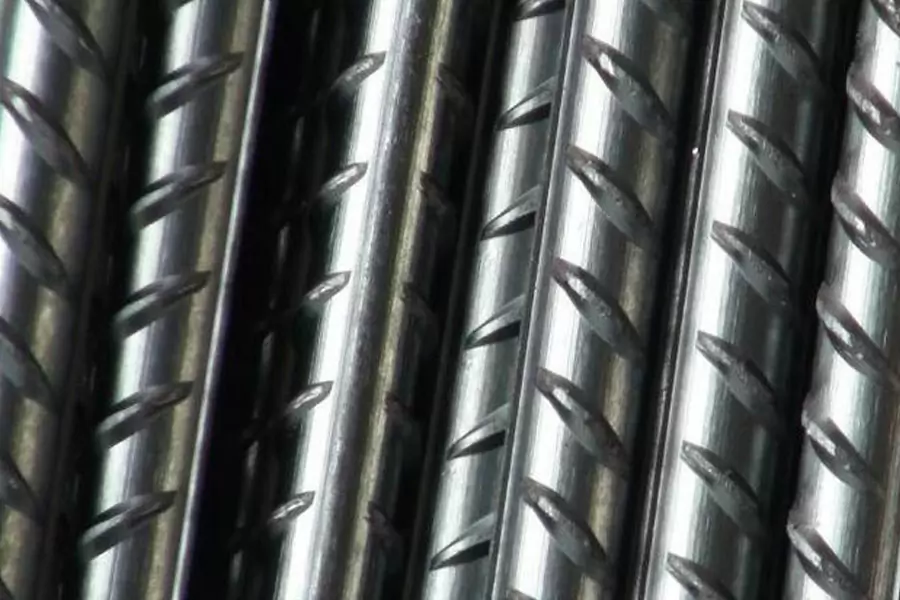
Introduction
In January 2012, the Ministry of Housing and Urban-Rural Development and the Ministry of Industry and Information Technology jointly issued a document, proposing guidance on accelerating the application of high-strength steel bars: by the end of 2015, the output of high-strength steel bars accounted for 80% of the total output of rebars. For large-scale high-rise buildings and large-span public buildings, 500MPa is preferred Grade rebar. With the needs of my country’s economic construction, the demand for 500MPa high-strength steel bars in building structures is increasing. Due to the fast production speed of steel bars and the high rolling temperature, the final rolling temperature is usually above 1000 ℃. Its technological characteristics determine that the alloy design of the steel bars is suitable for the use of vanadium microalloying technology [1]. The increase in nitrogen is to achieve vanadium. The main method of strengthening microalloyed steel bars is conducive to reducing the amount of vanadium and saving vanadium resources [2-4]. V-N microalloying technology has been widely used as a mainstream production technology for the development of high-strength weldable steel bars at home and abroad. A large number of studies have shown [1-9] that the VN microalloying technology mainly relies on increasing nitrogen to promote the precipitation of vanadium in the form of vanadium carbide, vanadium nitride or vanadium carbonitride, forming fine dispersed second-phase particles to produce a strong precipitation strengthening effect To increase the strength of steel. However, excessive increase in nitrogen will cause other performance defects of the steel bars, especially the seismic performance index of the steel bar. The effect of the nitrogen content on the mechanical properties of the 500MPa VN microalloyed steel bars is studied through production tests. Analyzed the strengthening mechanism of nitrogen in VN microalloyed steel bars and the influence of nitrogen on the strength and yield ratio of VN microalloyed steel bars, which is the development of VN microalloyed high-strength seismic steel bars.
Provide a basis for production.
Test materials and methods
In order to develop 500MPa grade high-strength steel bars with stable performance, the group company’s steelmaking plant has successively smelted three types of VN microalloyed steels with different nitrogen content, and used the same rebar production process (natural cooling after rolling) to test production of 500MPa grade steel bars. The three steels are named 1#, 2#, 3#, and their main chemical components are shown in Table 1.
Refining three kinds of steel with different nitrogen content and continuously casting into billets with specifications of 150mm×150mm×6000mm, sending them to the group company’s bar plant to roll into steel bars with specifications of Φ25mm, and stretching the steel bar samples of 1#, 2#, and 3# In the experiment, the yield strength and tensile strength of the three steels were tested respectively, the strength-yield ratio of 1#, 2#, and 3# steel bars were calculated, and the metallographic structure of the three steels was observed.
According to the tensile test results of 1#, 2#, and 3# steel bars, the curve is shown in Figure 1. The curve in Figure 1 shows that as the nitrogen content increases, the yield strength and tensile strength of the steel bars increase sequentially. The yield strength of 1# steel bar is 526MPa and the tensile strength is 678MPa; the yield strength of 2# steel bar is 553MPa and the tensile strength is 698MPa; the yield strength of 3# steel bar is 607MPa and the tensile strength is 738MPa. The nitrogen content increased from 81PPM to 269PPM, the yield strength of steel bars increased from 526MPa to 607MPa, an increase of 81MPa, and the yield strength increased by 15.4%; at the same time, the tensile strength increased from 678MPa to 738MPa, with an increase of 60MPa, and the increase in tensile strength was 8.8%.
According to the yield strength and tensile strength values of 1#, 2#, and 3# steel bars, the strength-yield ratios of the three are respectively calculated and drawn into the curve shown in Figure 2. The curve in Figure 2 shows that as the nitrogen content increases, the strength-to-yield ratio of the steel bars decreases successively. Among them, the strength-yield ratios of 1#, 2#, and 3# steel bars are 1.29, 1.26, and 1.22 in sequence.
The effect of nitrogen content on the grain size of steel bars
The detailed information of the three metallographic microstructures is shown in Table 2. Table 2 lists the phase composition and structure grain size of 1#, 2#, 3# steel bars. The three steel structures are ferrite + pearlite, and the 1# steel bar ferrite grain size is about 9 -9.5 grade, 2# rebar ferrite grain size is about 9.5 grade, 3# rebar ferrite grain size is about 9-9.5 grade. The data in Table 2 shows that with the increase of nitrogen content, the grain size of the steel bar does not change significantly, or that the increase in nitrogen has no significant effect on the microstructure of the V-N microalloyed steel bar.
Analysis and discussion
Analysis of strengthening mechanism of nitrogen in 500MPa grade V-N microalloyed steel
The test results in this article show that the nitrogen content of 500MPa grade VN microalloyed steel bars has increased from 81PPM to 269PPM, and the grain size of the steel bars are all around 9-9.5. That is, the increase in nitrogen has no obvious effect on the structure of VN microalloyed steel bars. At the same time, the yield strength and tensile strength of the steel bars have increased to varying degrees, with the yield strength increasing by 81MPa and the tensile strength increasing by 60MPa. At present, the main strengthening theories of steel materials include solid solution strengthening, fine grain strengthening, phase change strengthening, and second phase strengthening. Obviously, the test results in this article clearly exclude the effect of fine grain strengthening, while solid solution strengthening and phase change The strengthening effects such as strengthening are basically the same for the three steels tested in this article, except for the strengthening of the second phase. A large number of theoretical studies and practices have shown that nitrogen is fixed by vanadium in vanadium-containing microalloyed steels to form vanadium nitride Or second-phase particle products such as vanadium carbonitride, the second-phase particles in the steel greatly increase the strength of the steel through the interaction mechanism with the sliding dislocation, that is, the precipitation strengthening effect.
Relevant studies have shown that increasing nitrogen is beneficial to the precipitation of vanadium. That is to say, nitrogen promotes the precipitation of vanadium and increases the volume fraction of the second phase particles. The consistent research results show that the strength of the steel is proportional to the second-phase particle volume fraction of one-half. Therefore, when the vanadium content is sufficient, the nitrogen increase in the VN microalloyed steel is actually The volume fraction of the second phase particles (vanadium nitride, vanadium carbonitride) in the steel is increased, so that the effect of precipitation strengthening is stronger. The test results in this paper show that with the increase of nitrogen content, the yield strength and tensile strength of 500MPa grade V-N steel bars increase sequentially. Obviously, the test results in this paper are consistent with the results of related theoretical studies.
Analysis of the influence of nitrogen on the strength-yield ratio of 500MPa grade V-N microalloyed steel bars
The test results in this paper show that with the increase of nitrogen content, the yield strength and tensile strength of VN microalloyed steel bars do not increase in the same proportion. The increase in yield strength is 15.4%, and the increase in tensile strength is 8.8%. It is precisely because the increase in yield strength is greater than the increase in tensile strength, the phenomenon that the strength-yield ratio of steel bars decreases.
The yield strength of steel materials and the microscopic control mechanism of tensile strength are obviously different. Yield is mainly controlled by the large-scale slip of dislocations in the material, while fracture is mainly controlled by the initiation and propagation of microcracks in the material. . Therefore, the study of material yield mainly considers the dislocation behavior in the material, while the study of material fracture mainly considers the behavior of microcracks in the material. The yield strength of steel materials refers to the strength when the source of dislocations in the material is activated and a large number of movable dislocations slip, which causes the material to yield or produce a certain degree of plastic deformation. The precipitation strengthening mechanism of the second phase particles is the interaction mechanism between the second phase particles and the sliding dislocation. This interaction mechanism is divided into the cut-through mechanism and the Orowan mechanism, whether it is the cut-through mechanism or the Orowan mechanism, the second The precipitation of phase particles will hinder the slip of dislocations, thereby greatly improving the yield strength of steel. As far as the tensile strength of steel materials is concerned, it is mainly related to the formation and propagation of microcracks in steel. The formation of microcracks involves the hindrance of the movement of microdislocations, which will inevitably hinder the formation and propagation of microcracks Expansion, thereby improving the tensile strength of steel to a certain extent. Therefore, while the yield strength of steel is improved, its tensile strength is also improved to a certain extent.
It is pointed out that when the size of the second phase is very small, the effect of precipitation strengthening in increasing the yield strength of steel is greater than the effect of increasing the tensile strength of steel. The test results in this article show that the contribution of precipitation strengthening to the yield strength is 81MPa, The contribution value of the tensile strength is 60MPa. The results of this paper prove that the contribution of precipitation strengthening to the yield strength is greater than that of the tensile strength. In addition, even if the yield strength and tensile strength of steel are increased to the same extent, the yield ratio of steel will decrease. All in all, the precipitation strengthening effect of the second phase particles will eventually reduce the steel’s yield ratio. Therefore, with the increase of nitrogen content, the stronger the precipitation strengthening effect of the V-N steel bar, the lower the strength-yield ratio of the steel bar.
The enlightenment of the research results to the development of 500MPa seismic reinforcement
In the test results of this article, the nitrogen content of 500MPa grade VN microalloyed steel bars is 81PPM, 136PPM, 269PPM, and the corresponding steel bar strength and yield ratios are 1.29, 1.26, 1.22, that is, the strength and yield ratio of VN microalloyed steel bars varies with As the nitrogen content increases and decreases, a detailed analysis of the reasons has already been made. At present, the main index of seismic performance of high-strength anti-seismic steel bars is required to be no less than 1.25. Therefore, from the research results of this article, for the development of 500MPa class VN micro-alloyed high-strength anti-seismic steel bars, in order to ensure the main index of seismic performance is strong If the yield ratio is qualified, the nitrogen content should be strictly controlled in terms of chemical composition. It is more appropriate to control the nitrogen content within 130PPM.
Conclusion
- 1) As the nitrogen content increases, the grain size of the V-N microalloyed high-strength steel bar does not change significantly.
- 2) The yield strength and tensile strength of V-N microalloyed high-strength steel bars increase with the increase of nitrogen content, but the strength yield ratio decreases with the increase of nitrogen content.
- 3) The strengthening effect of nitrogen in V-N microalloyed high-strength steel bars is mainly precipitation strengthening, and precipitation strengthening is the main reason for the decrease in the strength-yield ratio of V-N steel bars.
- 4) For the development of 500MPa grade V-N microalloyed high-strength seismic steel bars, the nitrogen content in the steel should be controlled within 130PPM.
The Detail Of BE-CU Die Casting Company

If you are looking for dependable volume manufacturing metal parts supplier with High pressure die casting service who offers you competitive price, good service and quality for aluminium die casting, zinc, or magnesium die casting, then BE-CU Prototype are surely a partner you are looking for to fulfill all your die casting needs. With quality service and state of art technology, BE-CU indeed claim in providing quality pressure die casting including aluminum/zamak/magnesium alloy castings to our customers all over the world.
To work with us,be-cu don’t just stop at taking your order and delivering your die casting products. be-cu are there for you at every step right from your preferred selection of aluminum die casting, Zamak die casting (Zamak 2, Zamak 3, Zamak 5, Zamak 8) or magnesium die casting products and services to post-order phase. In brief, once you become our customer, be-cu are with you every step on the way.
-
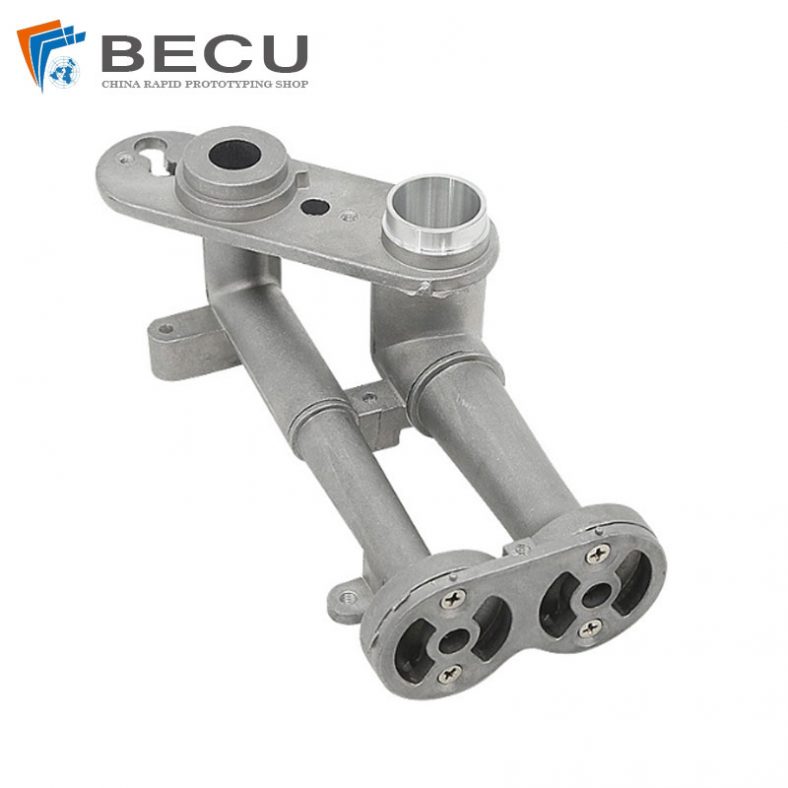
CNC Machining Gas Stove Bottom Joint
-

Gravity Die Casting Custom Street Light Heat Sink
-
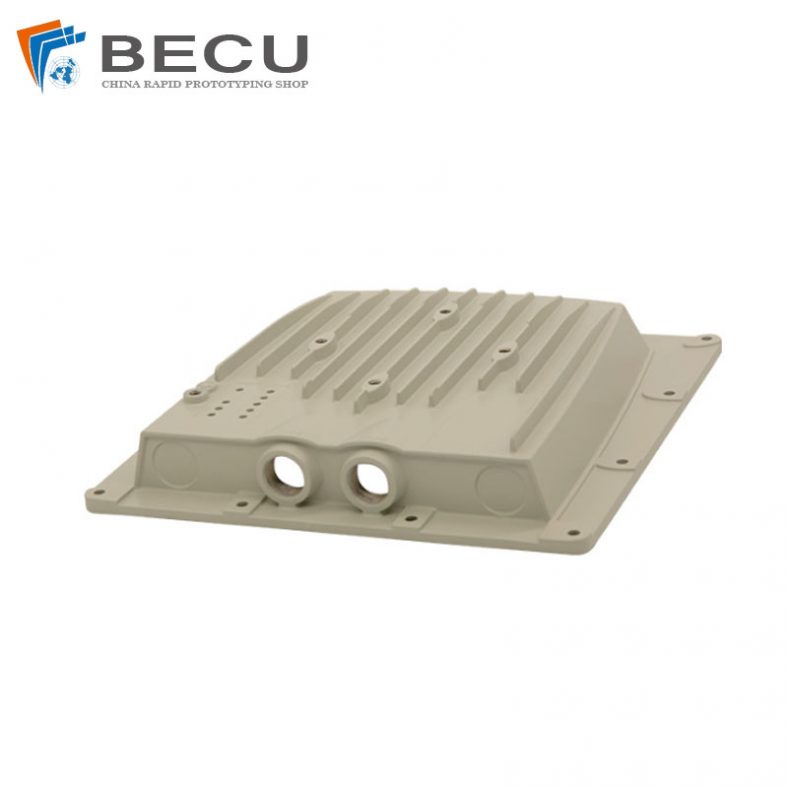
Die Casting LED Canopy Lights Heatsink For Gas Station
-
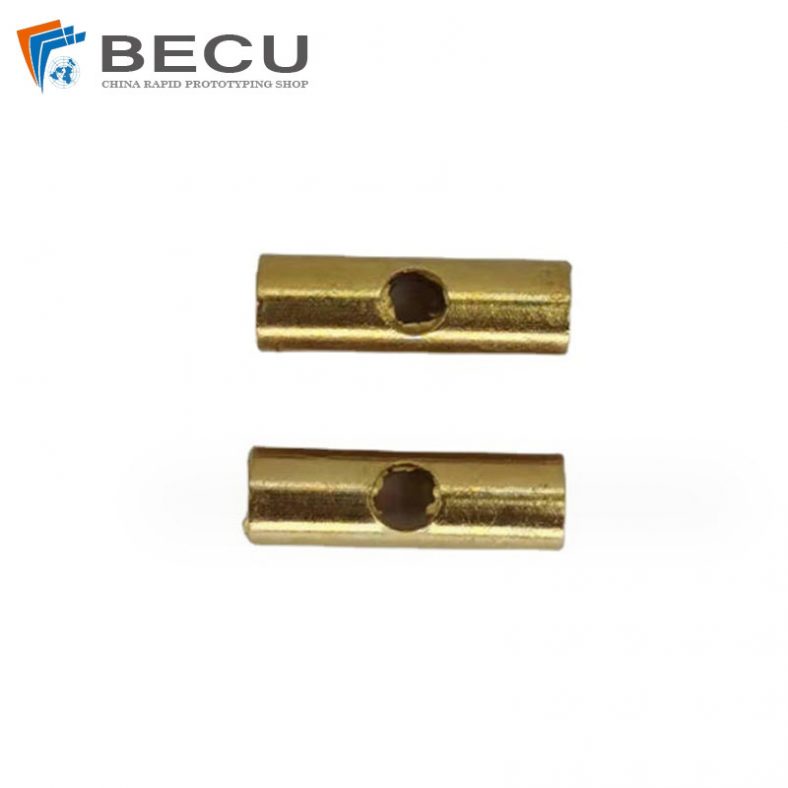
Zinc Die Casting PA10 Transformer Connector Terminal
-
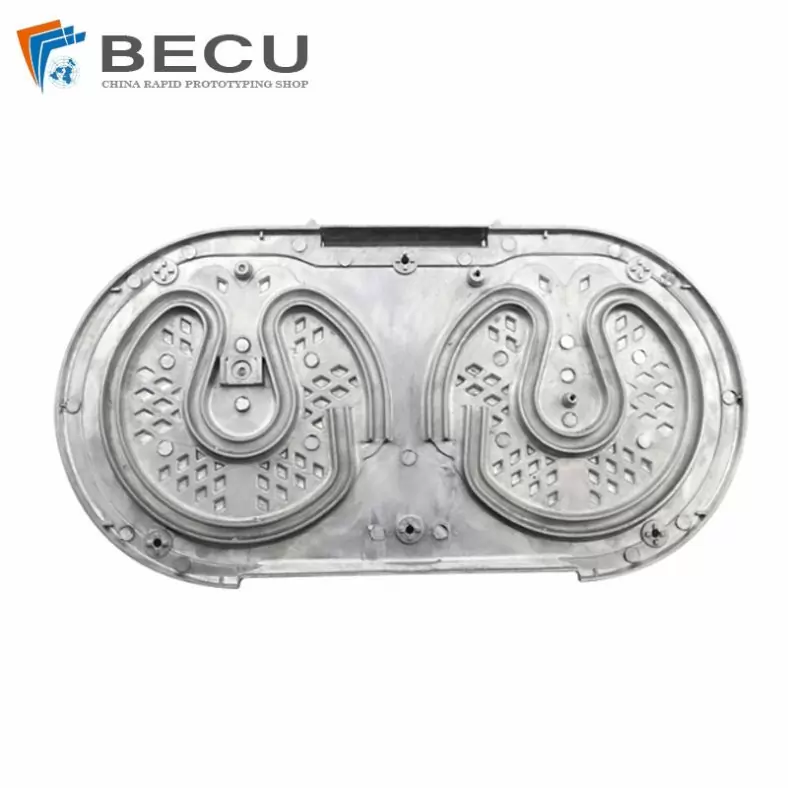
Die Casting Aluminium Cookware Chassis
-

Die Casting Wheels With Aluminum Alloy 5 Axis CNC Machining
-
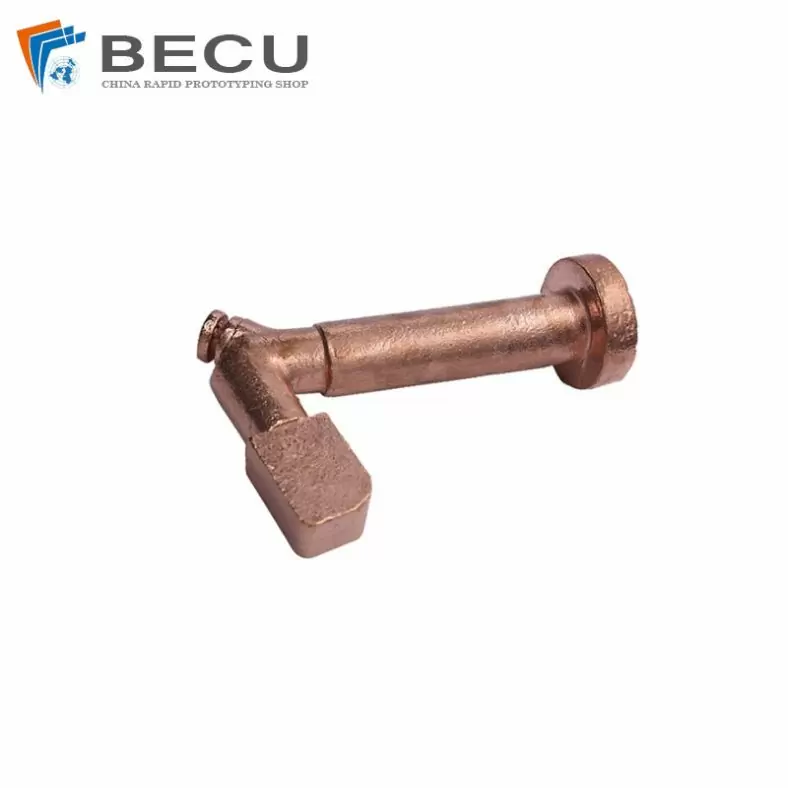
Precision Machined Copper Die Casting Parts
-
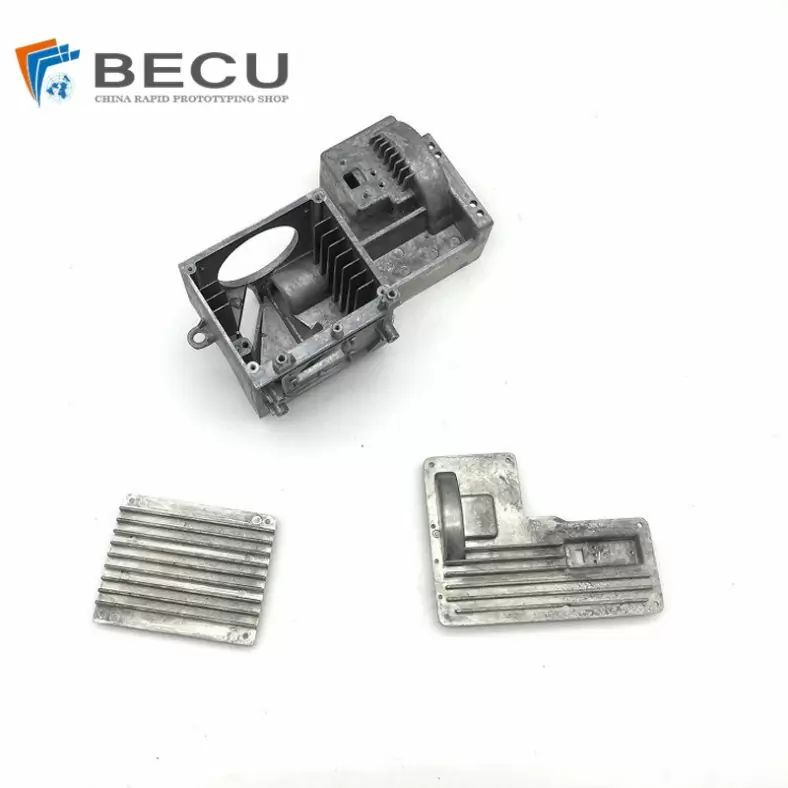
Professional Small Baler Aluminum Alloy Die-casting Mold Production
-
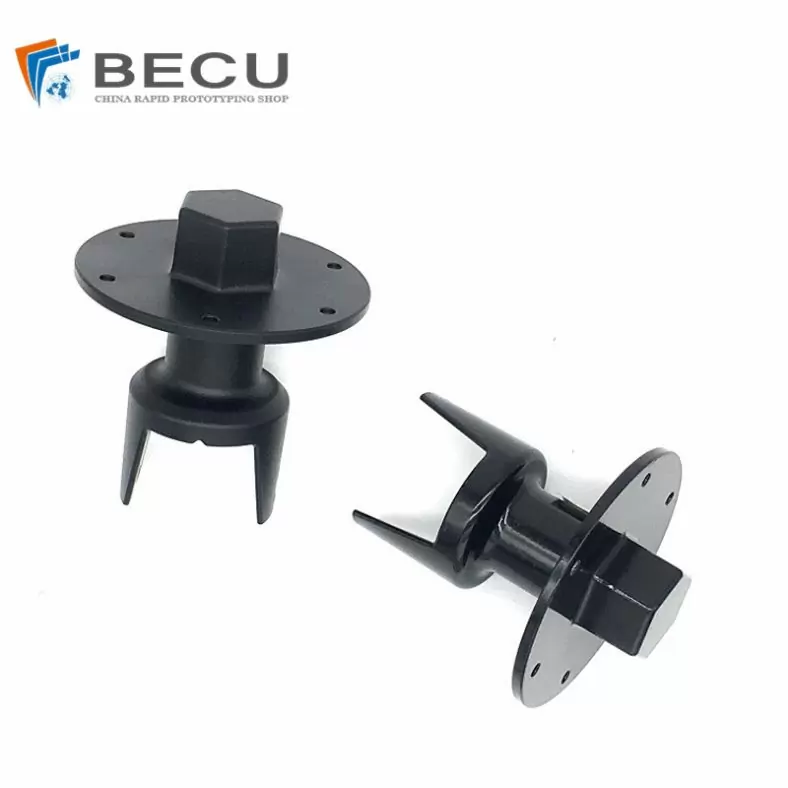
China Die Casting Factory Manufactures Surface Sprayed Aluminum Valve Body
-
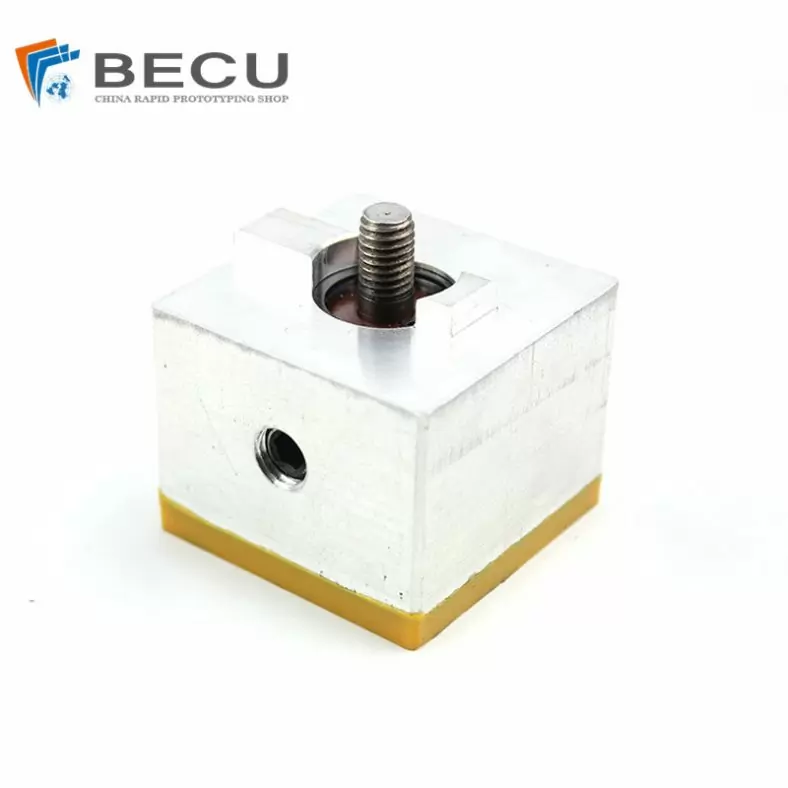
Extrusion Die-casting Polyurethane-Coated Aluminum Alloy Profiles
-

Custom Precision Aluminum Die Cast Brackets and Finishes
-
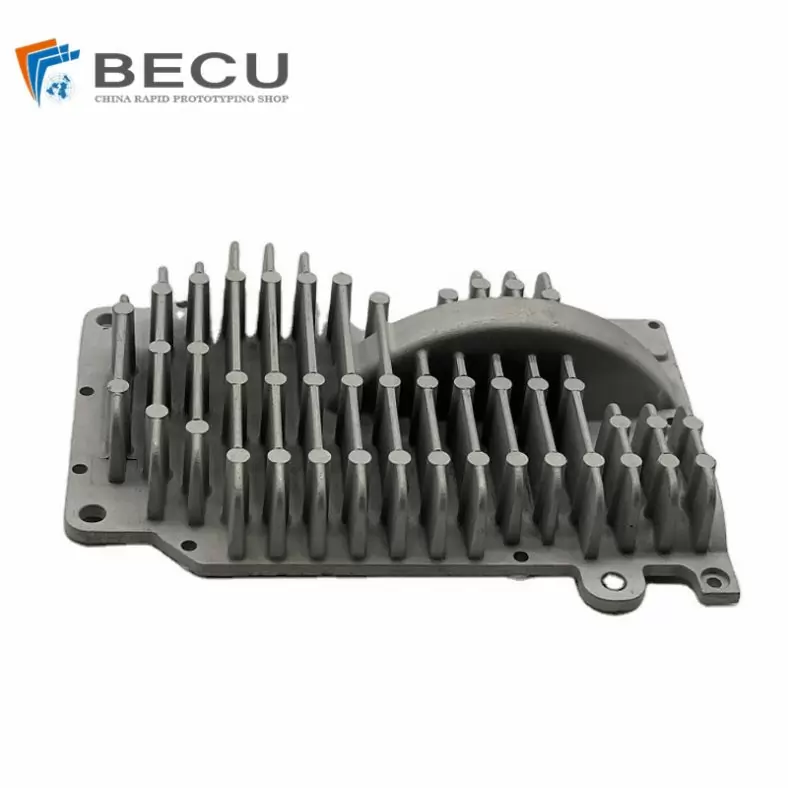
Extrusion Die-casting Magnesium Alloy Heat Sink Shell
